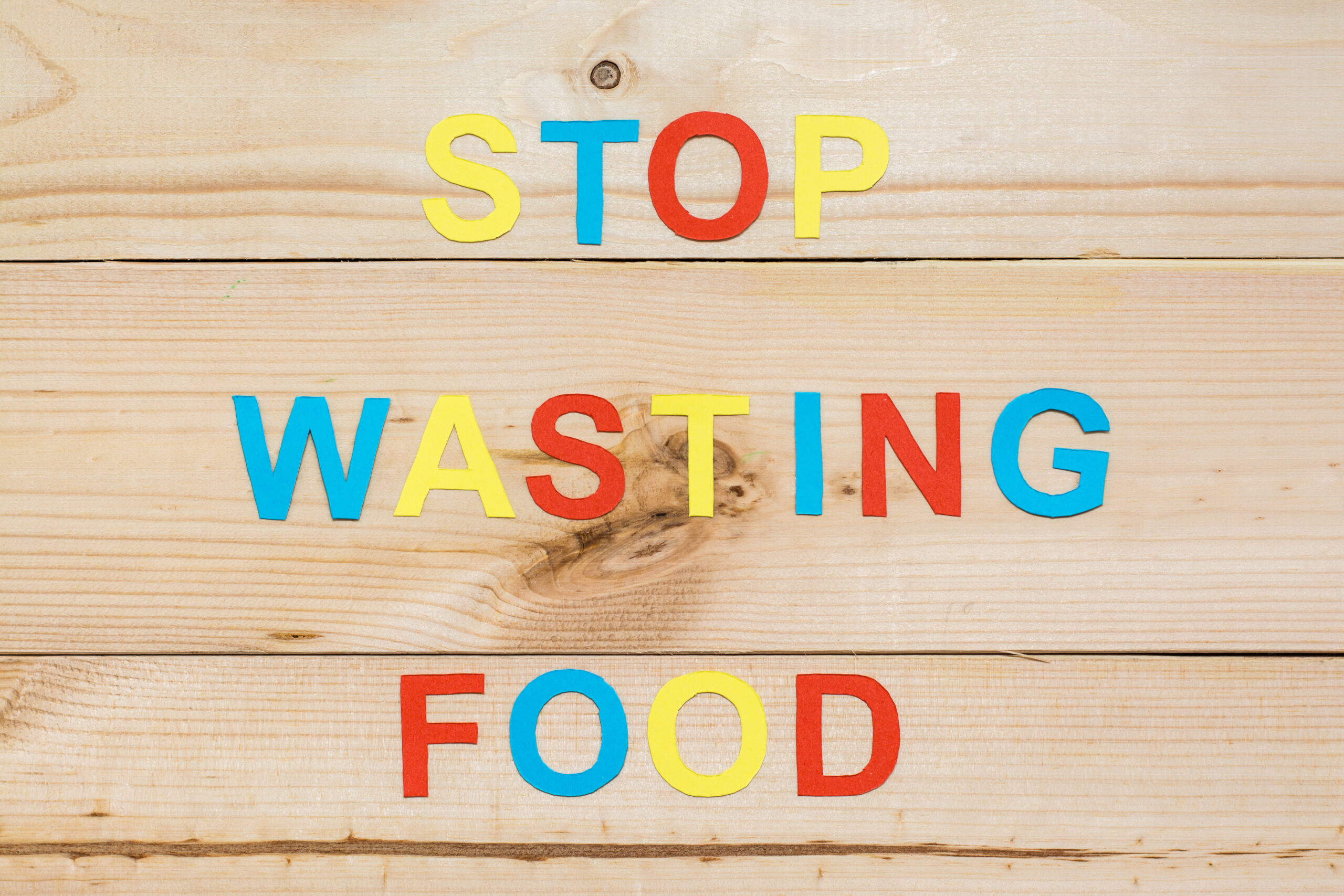The US Food and Drug Administration (FDA) announced new sodium guidelines on Wednesday that provide voluntary sodium reduction targets for a multitude of foods. While the guidelines are aimed at reducing the amount of salt Americans consume, the agency did not lower sodium levels recommended for cutting the risk of heart attack and stroke.
“This guidance is intended to provide measurable voluntary short-term (2.5-year) goals for sodium content in commercially processed, packaged, and prepared foods to reduce excess population sodium intake, while recognizing and supporting the important roles sodium plays in food technology and food safety,” the FDA said in its guidance document.
A draft of the FDA’s sodium guidelines was first released in 2016, suggesting a limit of 2,300 mg a day. The updated guidelines offer short-term goals that the agency recommends the food industry meet as soon as possible to prioritize public health.
Related: FDA Grand Rounds Webinar Addresses How It Tackles Foodborne Illness Outbreaks
Over the next two and a half years, the targets seek to decrease average sodium intake by about 12 percent, from approximately 3,400 mg to 3,000 mg per day. The American Heart Association (AHA), however, recommends no more than 2,300 mg per day and an ideal limit of no more than 1,500 mg per day for most adults.
While the AHA applauded the target and called it a “step forward,” it called for further action with additional targets. “Lowering sodium further to 2,300 mg could prevent an estimated 450,000 cases of cardiovascular disease, gain 2 million quality-adjusted life years and save approximately $40 billion in healthcare costs over a 20-year period,” the AMA said in a news release on Wednesday.
Americans’ high salt consumption has been linked to alarmingly high rates of high blood pressure, with two in five American adults having high blood pressure. “More than 70 percent of total sodium intake is from sodium added during food manufacturing and commercial food preparation,” the FDA said in the same guidance document.
“We need to get to a place as a nation where we not only react to health scares but work hard to prevent them,” said US Health and Human Services (HSS) Secretary Xavier Becerra. “That requires thinking about the food we eat – or, better put, the food we don’t. With FDA’s new recommendations, we get one step closer to improving health outcomes.”
For some, the new guidance represents a long-awaited intervention from the American government. For example, the Center for Science in the Public Interest has been pushing for lower levels of added sodium in foods for decades, stressing that high levels of sodium are pervasive in packaged foods. Notably, much of the sodium in a typical diet comes from foods that one might not necessarily view as salty, such as bread, spaghetti sauces and salad dressings.
While the FDA’s sodium guidelines are non-binding, meaning companies will not be required to reduce sodium levels, the agency will watch the food industry carefully over the coming years and reward companies that comply.












Join or login to leave a comment
JOIN LOGIN